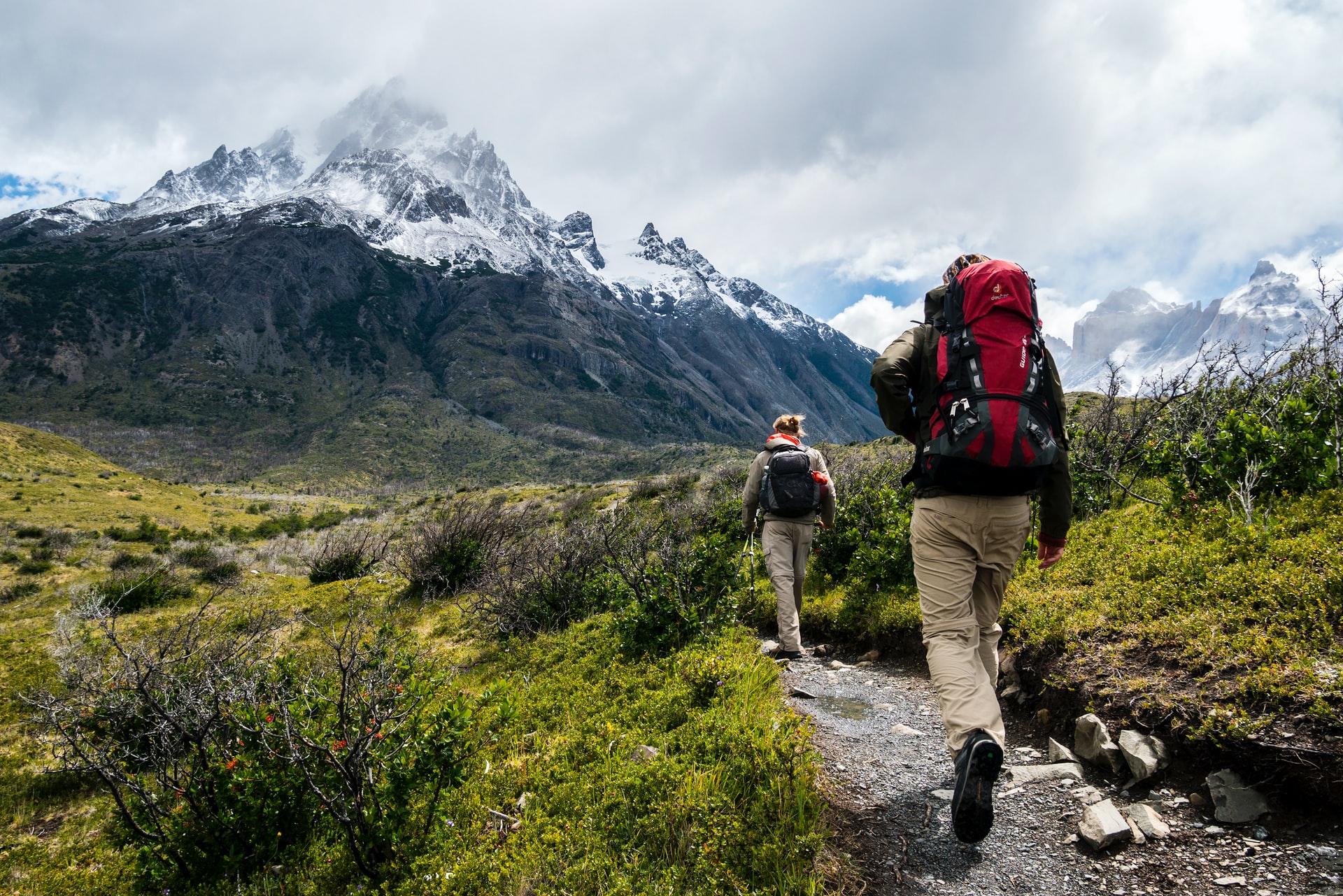Adventure • 02/17/2023
What to Wear for Hiking: Your Ultimate Gear-Up Guide

Revivalist is a reader-supported endeavor and our posts may contain affiliate links. When you buy through links on our site, we may earn an affiliate commission.
Hiking offers the ultimate in mind-body fitness. It pumps up your quads and hamstrings as you climb steep grades, elevating your heart rate and combining cardiovascular conditioning with strength. It also heals your mind — research shows that spending time in nature decreases stress and anxiety.
However, you need to choose the right duds or your day on the trail could turn out less fun than you imagined. What should you wear for hiking? Consider this your ultimate gear-up guide.
1. These Boots Were Made for Walking
Your footwear is the most important article of clothing. You need sturdy shoes, preferably a pair of boots that protect your ankles from snakes and accidental twists when you step the wrong way on a rock.
You also need a comfortable pair that’s neither too loose nor too tight — you want them to fit just like Baby Bear’s chair. Your best bet? Go shoe shopping after you’ve been on your feet all day. They’ll have time to swell and expand, mimicking the conditions you’ll encounter after a few miles on the trail.
Another pro-tip: take a thick pair of socks with you. While many shoe stores provide hosiery to protect their products, they don’t let you judge what your new boots will feel like in action.
Ensure the pair you select has sufficient tread to get a grip on slippery surfaces. Consider your typical hiking environment when deciding. If you pull many steep slopes, look for a chevron-patterned sole or soft rubber ones with shallow tread for traversing smooth rocks.
2. Sock It to ‘Em
Your socks also matter on the trail. The best kind absorbs sweat while keeping your toes dry and minimizes chafing.
Many hikers prefer wool-synthetic blends for superior warmth and sweat-whisking ability. Merino wool, in particular, offers antibacterial properties and moisture control. It might take a little experimentation to determine what percentage works best for your preferences.
Many summer hikers prefer full synthetic. These lightweight fabrics dry faster and offer less warmth, although they do retain odor — get yourself a quality fabric softener.
One note if you opt for shorts during the warmer months: wear long socks. Why? Ticks pose a threat in nearly every state in the US and they carry nasty germs like Lyme disease and Rocky Mountain Spotted Fever.
3. Denim Does It
If possible, wear long pants made of heavy-duty fabric like denim. This material does double-duty protecting you against ticks, but that’s not all. It also keeps brambles and thorns from scratching your legs to bits.
Leggings qualify as pants to most folks, but they aren’t ideal for the trail. For one, they’re too thin — and many pairs lack pockets. Denim and khakis offer the most storage space you’ll need to stash your compass, an emergency plastic rain slicker or tarp and perhaps a snack or two.
4. Make a Human Layer Cake
Weather patterns can vary wildly from morning to afternoon, depending on where you live. Folks in the desert southwest often joke that you can experience all four seasons in one day during the spring. It might feel like winter weather when you head out but transform into a sultry summer day by your eighth-mile.
Your solution? Dress in layers. Your innermost layer should consist of a lightweight shell that whisks sweat away from your body. Your second layer is for warmth; the third for breaking the wind. For example, you might start with a synthetic undershirt topped by a sweatshirt, followed by a slicker or windbreaker.
5. Top Things Off
Finally, you need to protect your head — especially if your hair is a bit thin atop your dome. Even folks with luxurious tresses can get burned in the summer heat and the right hat keeps the sun out of your eyes. Better yet, it cuts glare more effectively than sunglasses, which is helpful if you head out at dawn or dusk when shadows make walking more treacherous.
Does that mean you should leave the specs at home? You can certainly include a quality pair of sunglasses. Doing so protects your eyes from harmful UV rays that can render you temporarily blind. Look for those that cut both the UVA and UVB spectrums.
Finally, please remember your sunscreen. You should slather it on any exposed areas like your face and those that might see the sun later in the day, such as your arms underneath your outer long-sleeved shirt.
What to Wear for Hiking
Hiking offers the ultimate in mind-body fitness. However, you need to dress for the occasion or risk a less-pleasant trip.
Follow the tips above for what to wear when hiking. You’ll enjoy more time on the trail when you feel properly outfitted and comfortable.
Subscribe to Our Weekly Newsletter
We would love to connect deeper with you!


